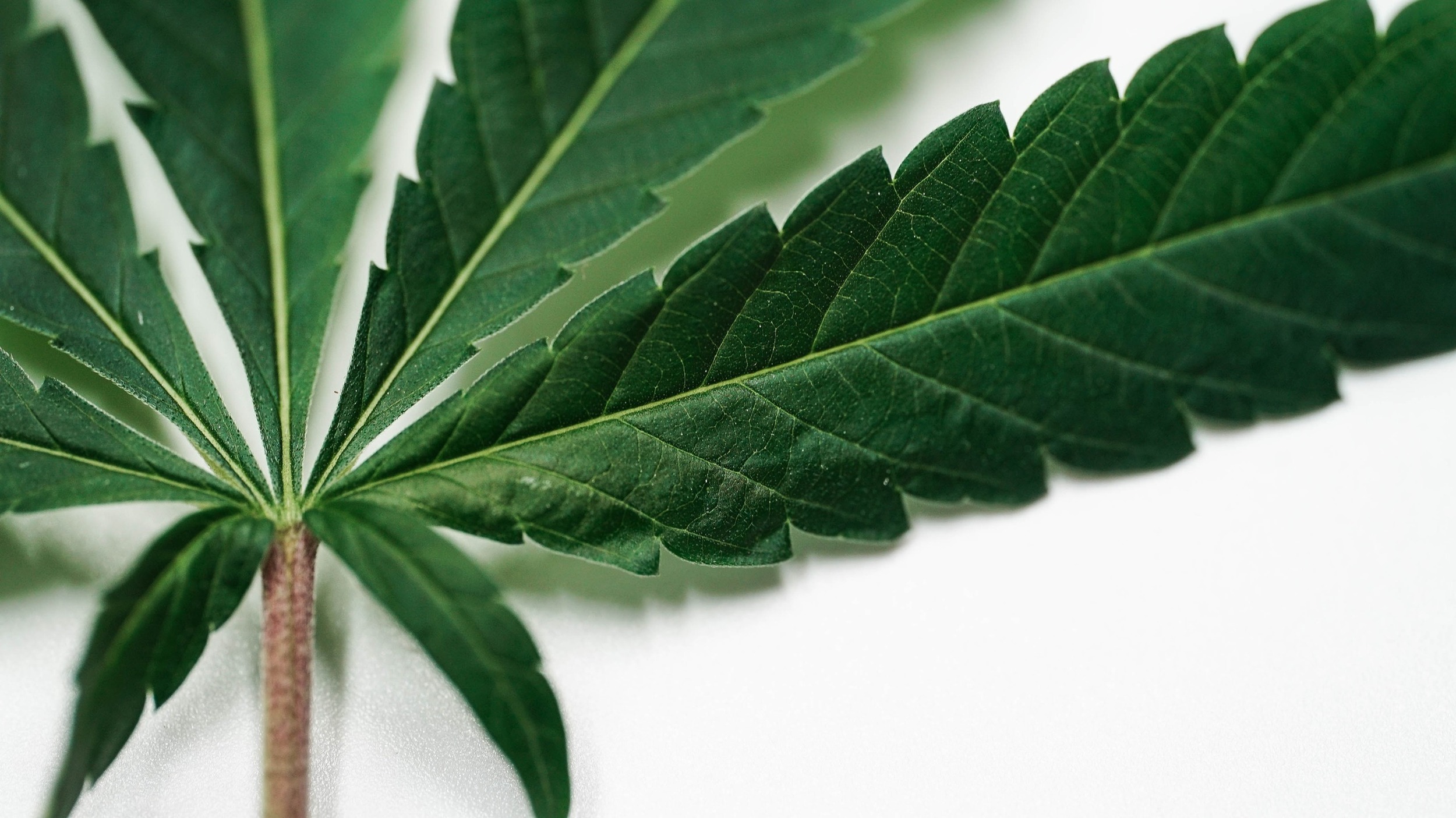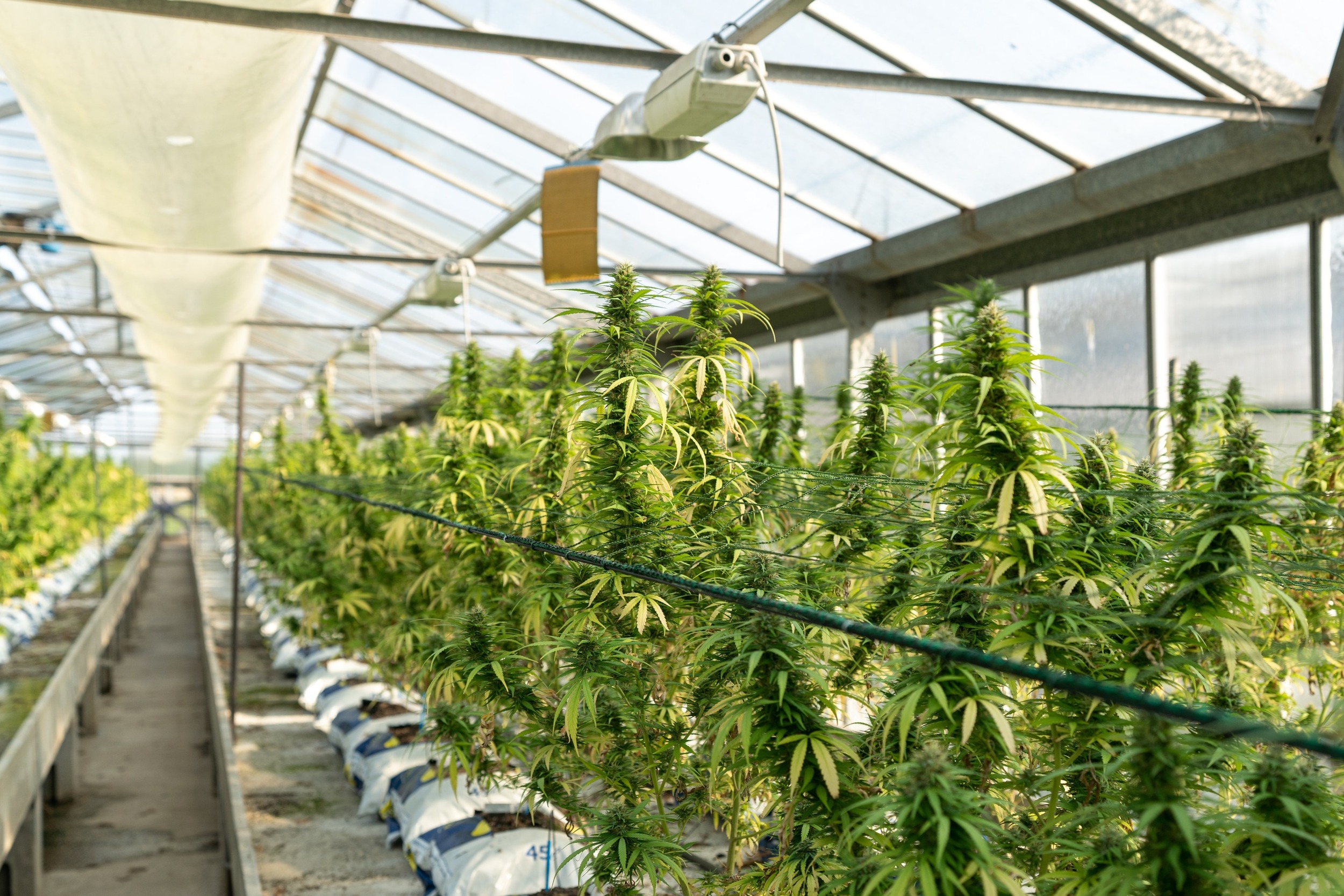
Cannabis cultivation is all about balance. These plants, while resilient in so many ways, can be delicate. This is especially true in certain stages of their lifecycle. Nutrient burn is a common problem that many new growers, and even some experienced growers, will face at some point during their careers.
Nutrient burn is a nutrient excess that can cause damage and even death to a cannabis crop. And while nutrients are an essential part of keeping a cannabis plant happy and healthy, too much of a good thing is not so good. Growers need to understand the role nutrients play in cannabis and how to maintain a proper balance to ensure the health and quality of their crop.


Every living thing needs nutrients to live and remain healthy. Cannabis plants are no exception. Nutrients, when given to plants in proper amounts, allow them to grow and produce flowers to their full potential.
There are three main nutrients that cannabis plants need; potassium, phosphorus, and nitrogen. At the same time, cannabis plants need a host of micronutrients including (but not limited to);
It is important to note that nutrient deficiencies can share symptoms. Therefore, it is vital to know and understand what nutrients you are feeding your cannabis plants and how much of each nutrient you are providing them. It is also important to note that not all cannabis strains require the same amount of nutrients. For example, some strains may require more potassium or calcium when compared to other strains.
Nutrient intake for cannabis plants is all about balance. A nutrient deficiency can cause stunted growth, lower yields, lower immunity to viruses/viroids, and even death. However, a nutrient excess can cause just as much damage.
Much like humans, too much of one nutrient is bad for a cannabis plant. This overabundance of nutrients can lead to what is commonly known as nutrient burn. Nutrient burn also called a nutrient excess, can do just as much damage to a plant as a nutrient deficiency, including death.
According to the American Phytopathological Society, “Excessive levels of nutrients may be toxic to some plants. Symptoms are usually marginal or tip chlorosis and necrosis.”
The most common way to combat a cannabis plant with nutrient burn is a three-step process. First and foremost, identify which nutrient or set of nutrients is in excess. Cannabis plants are adept at telling us what they need, as long as we know what to look for. Different nutrient excesses will exhibit different symptoms. Keep reading below to find out more about the individual symptoms.
Second, the affected plants will need to be flushed. This is typically done with RO-water with time ranges depending on how severe the nutrient excess is. Some individuals may add limited nutrients to the flush, but this is done depending on the case in question.
Finally, to prevent future nutrient burn and harm to the crop, it is vital to adjust the nutrients being fed to the plants. Different cannabis strains prefer differing amounts of nutrients. Knowing your plants and their needs is the only way to help prevent this issue from occurring again.

Nutrient burn can appear different depending on which exact nutrient or combination of nutrients is in excess. While there are micronutrients that can show in excess, there are three common nutrient burns that growers will see.
Some of the most common nutrient burn examples growers may run into include;
Potassium excess can manifest itself in several ways. Burned edges are one of the easiest tell-tale signs of a plant having too much of this particular nutrient. Lower leaves will also begin to curl upward while developing spots and new leaves will appear thinner than previously healthy leaves. Beneath the soil, roots will begin to die back, wreaking havoc on the plant as a whole. There is also a potential for the root zone to become acidic. If left untreated and a plant makes it to harvest, crop yields will be diminished.
Phosphorus excess can appear similarly to a nutrient burn caused by potassium but with some key differences. While the lower leaves will suffer and curl, they will often curl under rather than over. Crop yields will also be diminished, but will also contain an off-putting taste when consumed. Other signs of nutrient burn caused by phosphorus can include burn markings around the tips of the leaves, discoloration of the leaves, and root damage.
And last but not least, nitrogen burn can appear as unusual dark leaves and weak stems. The foliage in the lower regions of the plant is especially prone to become darker green when compared to the upper portions of the foliage. The more drastic the nutrient excess, the more damage the plant can suffer due to weakened stems. If left untreated, stems will eventually buckle and break, leaving the plant vulnerable to other viruses, viroids, molds, and pests.
While these three nutrients are the most common to see nutrient burn, it is possible to have an overabundance of a micronutrient in your plants. Some symptoms of a micronutrient burn can mimic the symptoms of other nutrient excesses or even a nutrient deficiency. To help correctly diagnose a nutrient excess, micronutrient or not, it is important to know how much of each nutrient you are feeding to your cannabis crop.
To learn more about cannabis cultivation and the many different niches that are a part of it, Verne Bio is the best place to start. Our dedication to our customers extends far beyond our testing kits. That is why we offer a wide range of learning material in our blog and knowledge center located directly on our website.
While looking through our material, readers can expect to find information such as;
To stay on top of the latest information and sales, readers can subscribe to our newsletter. It is as simple as signing up using the form directly on our homepage. This newsletter will bring all that Verne Bio has to offer directly to your inbox!
Works Cited
American Psychopathological Society. “Nutrient Disorders.” American Phytopathological Society, 2023, https://www.apsnet.org/edcenter/apsnetfeatures/Pages/Nutrients.aspx. Accessed 20 July 2023.
Hog, Boss. “Marijuana Leaf Deficiency Chart.” 420 Life | 710 Life, 26 October 2021, https://420life.com/marijuana-leaf-deficiency-chart/. Accessed 20 July 2023.

to receive updates and news on our products, events and promos!